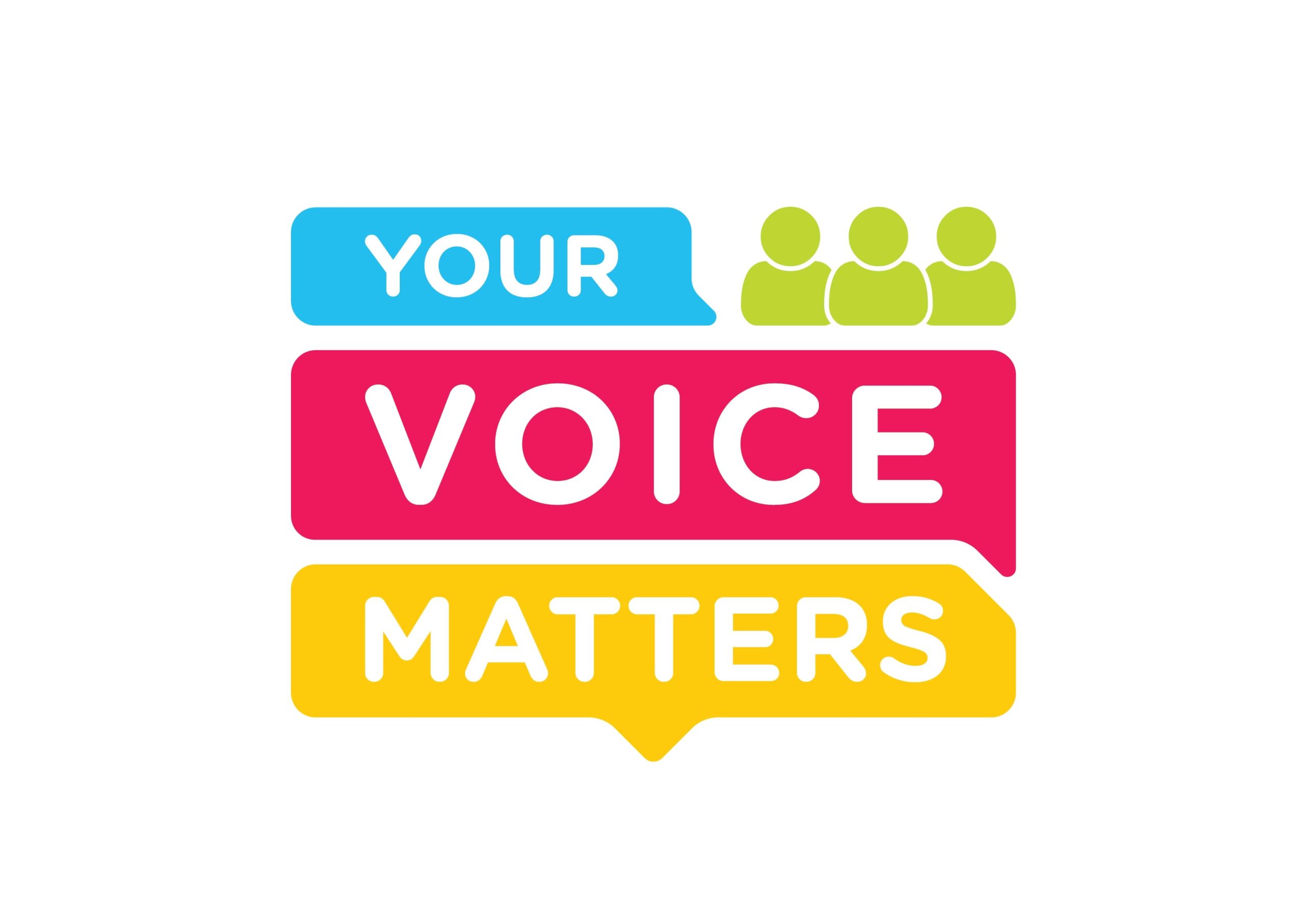In the ever-evolving landscape of health care, the consideration of environmental impact has become pivotal, prompting dentists and patients to grapple with the crucial choice between traditional and eco-friendly dental products.
This dilemma raises important questions about the hindrances faced in adopting environmentally conscious dentistry practices and the need for viable solutions to promote a sustainable approach to oral care.
For perspective on how the dental industry impacts the environment, toothbrushes manufactured since the 1930s are estimated to persist as enduring plastic waste.
Following the common practice of replacing toothbrushes every three to four months, approximately 23 billion toothbrushes are discarded globally each year, significantly contributing to the escalating problem of plastic waste.
Another environmental concern is the dental amalgam filling, presenting a significant issue due to its contribution to the release of mercury, a toxic substance with adverse effects on human health.
Improper amalgam waste management and cremation processes contribute to mercury release into the environment.
According to the United Nations Environmental Programme (UNEP), the dental sector utilises about 340 tons of mercury in dental amalgams annually, contributing to an estimated 100 tons of dental mercury entering the waste stream each year.
Despite the surge in eco-friendly alternatives in the dental industry, such as biodegradable toothbrushes and recyclable dental materials, challenges impede the seamless adoption of sustainable dentistry.
Eco-friendly dental products, like bamboo toothbrushes, sometimes come with a higher price tag, dissuading individuals from making the switch.
This hesitation is compounded by scepticism that eco-friendly dental products may compromise on efficacy, leading patients to question whether these alternatives can provide the same level of oral care as traditional products.
Initiatives aimed at educating the public about the environmental impact of dental products can bridge the awareness gap. Dentists can play a pivotal role in disseminating information about the benefits of eco-friendly alternatives.
To address cost concerns, offering financial incentives or discounts for patients who choose eco-friendly options could be a compelling strategy. Dental practices can collaborate with eco-friendly product manufacturers to make sustainable choices more economically viable.
Providing evidence-based information on the effectiveness of eco-friendly dental products is crucial. Dentists can share research studies and clinical findings that support the efficacy of these alternatives, reassuring patients about their oral health benefits.
Dentists should play a leading role in instructing their auxiliaries on proper disposal methods for dental waste, with a specific emphasis on effective amalgam waste management.
This becomes particularly crucial in the interim period until Malaysia is prepared for the complete phasing-down of dental amalgam. Implementing in-office recycling programs for recyclable wastes in dental offices is a practical measure.
For example, incorporating recycling bins in the office for patients fosters a culture of responsible waste disposal, promoting both environmental sustainability and patient engagement in eco-friendly practices.
As the dental industry witnesses a paradigm shift towards sustainability, the responsibility lies with practitioners and patients to embrace eco-friendly alternatives. Overcoming the hindrances requires a collaborative effort, emphasising education, accessibility, and financial feasibility.
By championing eco-friendly dentistry practices, dentists can contribute to environmental conservation and empower patients to make informed choices aligned with their values.
The path to a sustainable future in dentistry involves navigating the green dilemma together, fostering a community dedicated to both oral health and environmental wellbeing.
Dr Mohd Azmi Abdul Razak and Assoc Prof Dr Lim Ghee Seong are from the Department of Restorative Dentistry, Faculty of Dentistry, University of Malaya.
- This is the personal opinion of the writer or publication and does not necessarily represent the views of CodeBlue.




